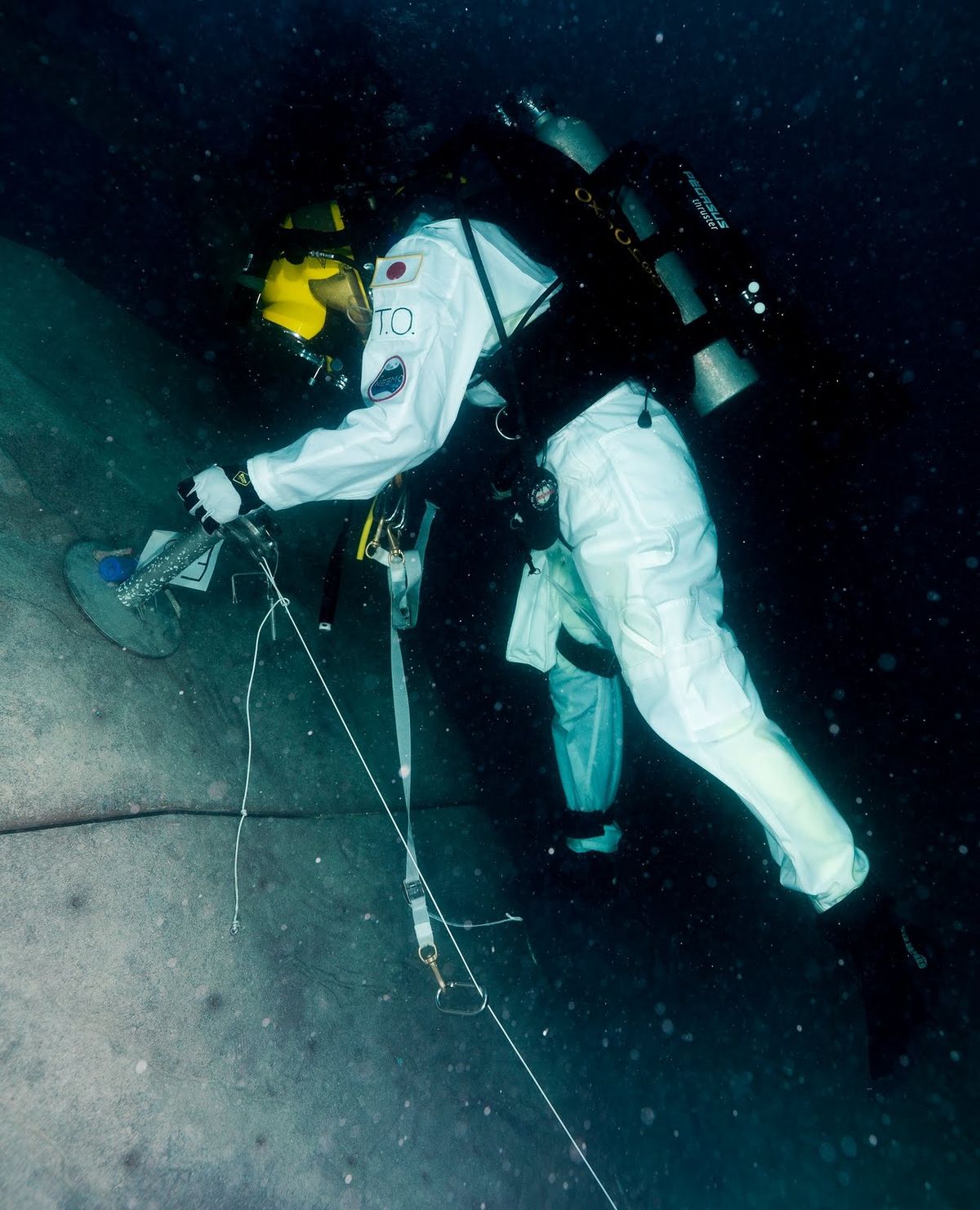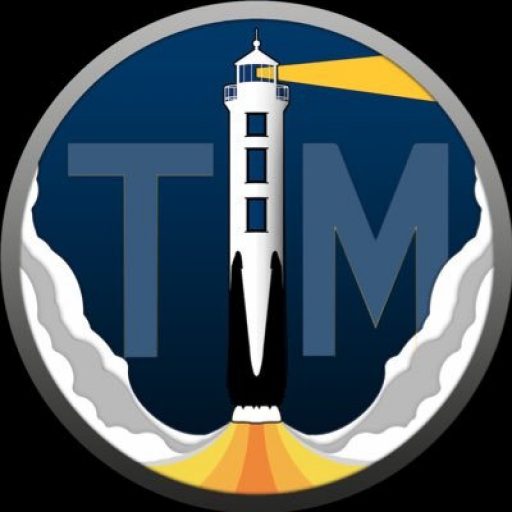3 more humans are now safely orbiting the Earth. Launching from the Baikonur Cosmodrome on the desert steppe of Kazakhstan:
- Kate Rubins (Flight Engineer – NASA, first flight)
- Takuya Onishi (Flight Engineer – JAXA, first spaceflight)
- & Anatoly Ivanishin (Soyuz Commander – Roscosmos, second spaceflight)
began a 2-day trip to the International Space Station on a picture perfect launch at 9:36 p.m. EDT / 1:36 a.m. UTC / 7:36 a.m. Baikonur time.
Miss the launch? No worries – catch a re-play of the launch here:
The crew are taking a 2-day / 34-orbit trip to the orbital outpost instead of the 6-hour / 4-orbit rendezvous we have been accustomed to as of late. This is to test the new Soyuz MS-01 (modernized systems) upgrades. They will arrive at the ISS on Friday, July 8th.
These upgrades include:
- upgraded thrusters (fully redundant)
- additional micrometeoroid debris shielding
- redundant electrical motors for the Soyuz’ docking probe
- increased power via additional photovoltaic cells on the Soyuz’ solar arrays
- new digital video transmitter/encoder to transfer video of the approach to ISS
- new relay telemetry capability
- upgraded Kurs automated rendezvous antenna
- improved satellite navigation system to better calculate the Soyuz’ position in space.
Learn about the Crew:
Anatoly Ivanishin of Roscosmos – age 47:
Anatoly is a veteran fighter pilot of the Russian Air Force and dreamt to become a pilot since he was little. After an unsuccessful first attempt, succeeded on his second try – proving you should always keep trying, even if you don’t succeed at first. In 2003 Ivanishin graduated from the Moscow State University with a degree in Economics, Statistics and Information Theory.
He started serving in combatant units of the Air Force in 1991, after graduating from Chernigov Higher Military Aviation School, receiving a gold medal. He served in the Borisoglebsk military unit, Voronezh region – flying MiG-29 fighter jets. When asked why he wants to fly in space before his first flight in 2011, Anatoly said:
I do believe that the work cosmonauts and astronauts do in orbit is important for our life on Earth because scientific research they conduct really helps to push our science forward, and the station is a unique environment and many researches can be done. We really don’t have this opportunity on Earth. It helps to develop treatment from diseases that we have, it helps us to develop new materials, and you know that many solutions which were created and which are intended for space now became widespread. This why I think it’s important for me, and I’m looking forward to feel myself as a part of the big scientific team who conducted experiments which will make life on our planet better.
Anatoly is married and has one son, Vladislav Ivanishin.
Takuya Onishi of JAXA – age 40:
Takyua, of JAXA (Japanese Aerospace eXploration Agency), was born in Tokyo, Japan and graduated from the University of Tokyo in 1998 with a degree in Aeronautics and Astronautics.
He began his working life after graduation at All Nippon Airways Company (ANA) and from June 2003 to 2009, worked as a co-pilot for ANA’s Boeing 767 fleet.
Takuya was selected to be part of the JAXA astronaut core in February of 2009. He joined JAXA later that year in April and immediately began ISS Astronaut Basic Training in Japan. Since then, he has completed NASA’s two-year Astronaut Candidate Training Program which according to NASA includes:
- scientific and technical briefings
- intensive instruction on the ISS systems
- Extravehicular Activity (EVA)
- Robotics
- physiological training
- flight training using the NASA T-38 trainers
- and water and wilderness survival training.
He completed all basic training requirements in July 2011 and was certified to be an ISS Astronaut thereafter.

Photo: NASA
Onishi participated as part of NASA’s 15th NEEMO (NASA Extreme Environment Mission Operations) to conduct tests of asteroid exploration concepts in underwater environments. In November 2013, he was assigned as a crewmember for this launch to the ISS, Expedition 48/49.
Onishi is married and enjoys flying, playing the saxophone, movies and hiking.
Maybe I can find a saxophone and take a #SpotTheStation shot like mine shown above sometime soon..
Dr. Kathleen “Kate” Rubins of NASA – age 37:
Kate was born in Farmington, Connecticut and grew up in Napa, California. She graduated from Vintage High School in 1996 and went on to receive a Bachelor of Science in Molecular Biology from the University of California San Diego and a Ph.D. in Cancer Biology from Stanford University Medical School’s Biochemistry, Microbiology and Immunology Department.
Dr. Rubins was selected by NASA in 2009 to be part of the 20th Astronaut Group, along with Kjell Lindgren, Kimiya Yui, and Reid Wiseman – who have all flown to space recently!

Photo: NASA
Scott Tingle, a Purdue alumnus – 2nd from the left in the front row – was just recently selected to fly to the orbital outpost next year, in September of 2017.
Dr. Rubins spent her undergraduate career conducting research on HIV-1 integration in the Infectious Diseases Laboratory at the Salk Institute for Biological Studies. According to NASA, she and her colleagues developed the first model of the smallpox infection and developed a complete map of the poxvirus transcriptome and studied virus‐host interactions using both invitro (in the lab) and animal model systems.
She followed by accepting a Principle Investigator position at the Whitehead Institute for Biomedical Research and headed a lab of 14 researchers studying viral diseases and has published and presented her work in numerous papers at international scientific conferences and in scientific journals. A very smart Woman, indeed!
Here is Kate waving to the on-board camera in the Soyuz capsule during launch:
Kate is married and enjoys running, cycling, swimming, flying (of course), scuba diving and reading.
This crew of 3, Expedition 48/49 will return to Earth later this year in November 2016.
Here is a small gallery of their launch photographs taken by NASA Sr. Photographer Bill Ingalls:
Follow @NASA_Astronauts on Twitter
Like the International Space Station Facebook Page
or Follow @ISS on Instagram to stay up to date on all the happenings on-board the orbital outpost.
NASA TV coverage will begin at 11:30 p.m. EDT Friday, July 8th for docking to the outpost’s Rassvet (pronounced rass-vee-yet) module at 12:12 a.m. EDT Saturday, July 9. Hatches are scheduled to open about 2:50 a.m. EDT Saturday, July 9, with NASA TV coverage resuming at 2:30 a.m. EDT.
The crew is now safely in orbit and the timeline from now until docking is as follows:
July 8th (all times in Eastern Daylight Timg)
- 11:30 p.m. NASA TV: Docking coverage begins
- 12:12 am Docking to MRM1 –“Rassvet”
- 2:30 a.m. NASA TV: Coverage resumes
- 2:50 a.m. Hatches scheduled to open
Story via NASA
Leave your email below to keep up-to-date with the latest in spaceflight! (A few emails a month, max.)





